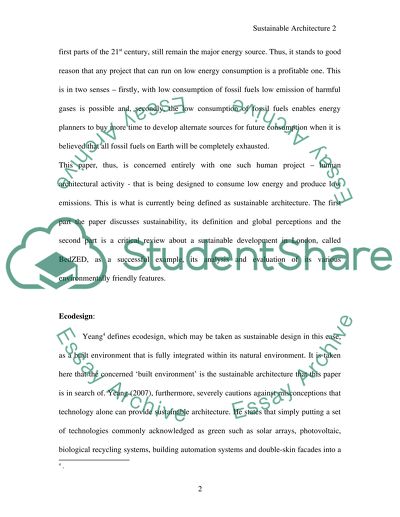Cite this document
(“Sustainable Design Essay Example | Topics and Well Written Essays - 2250 words”, n.d.)
Sustainable Design Essay Example | Topics and Well Written Essays - 2250 words. Retrieved from https://studentshare.org/miscellaneous/1507932-sustainable-design
Sustainable Design Essay Example | Topics and Well Written Essays - 2250 words. Retrieved from https://studentshare.org/miscellaneous/1507932-sustainable-design
(Sustainable Design Essay Example | Topics and Well Written Essays - 2250 Words)
Sustainable Design Essay Example | Topics and Well Written Essays - 2250 Words. https://studentshare.org/miscellaneous/1507932-sustainable-design.
Sustainable Design Essay Example | Topics and Well Written Essays - 2250 Words. https://studentshare.org/miscellaneous/1507932-sustainable-design.
“Sustainable Design Essay Example | Topics and Well Written Essays - 2250 Words”, n.d. https://studentshare.org/miscellaneous/1507932-sustainable-design.


